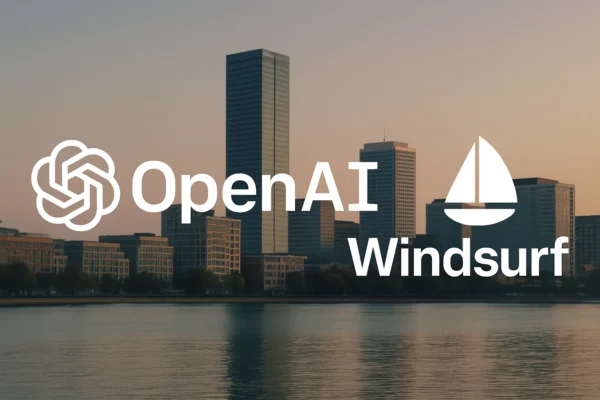
China is revamping its education system with AI at every level—from primary schools to universities. Discover how this 2025 reform is transforming curricula, teacher training, and digital literacy to shape a future-ready generation.
China is undertaking a transformative initiative to integrate Artificial Intelligence (AI) into its education system, aiming to cultivate a generation adept in digital technologies and innovation. This strategic move aligns with the nation’s broader objectives to enhance its global competitiveness in the AI sector.
Strategic Framework and Objectives
In January 2025, the Ministry of Education unveiled the “Strong-Education Nation” action plan, targeting significant educational advancements by 2035 through technological innovation. Central to this plan is the integration of AI across all educational levels, from primary schools to universities. The initiative seeks to develop essential skills among students and educators, including independent thinking, problem-solving, communication, and collaboration. Minister of Education Huai Jinpeng described AI as a “gold key” for the education system, emphasizing its potential to shape the future of education while presenting both opportunities and challenges.
Implementation Across Educational Levels
Primary and Secondary Education:
The reform mandates the incorporation of AI education at all stages of compulsory schooling.
Early Primary Years: Students will gain hands-on experience with AI technologies, fostering early familiarity and interest.
Senior Primary and Junior High: The focus shifts to understanding and applying AI technologies, enhancing digital literacy and practical skills.
Senior High School: Students will engage in AI project creation and explore cutting-edge AI applications, preparing them for advanced studies or careers in the field.
To facilitate this, an AI section will be added to the national Smart Education of China platform, pooling quality resources and enhancing accessibility. Additionally, 184 schools have been designated as AI education bases to pilot and refine AI curriculum.
Higher Education:
Universities are expanding AI-related courses and enrollment to meet national strategic needs. Institutions like Peking University, Renmin University, and Shanghai Jiao Tong University are focusing on fields such as information science, engineering, and integrated circuits. This expansion aligns with China’s goal to become a “powerful education country” by 2035.
Industry Collaboration and Resource Sharing
The Ministry of Education encourages collaboration between educational institutions and the tech industry. AI laboratories and exhibition halls at universities, research institutes, and high-tech companies are to be opened to primary and secondary school students, providing practical exposure to AI technologies.
Furthermore, efforts are underway to bridge the urban-rural divide by promoting equitable allocation of AI resources, upgrading digital teaching environments, and enhancing inter-school resource sharing.
Teacher Training and Curriculum Development
Recognizing the pivotal role of educators, the reform emphasizes the need for comprehensive teacher training in AI. Over 3,500 teaching staff and science counselors have participated in training sessions to boost scientific competence. Qualified experts from universities, research institutes, and high-tech enterprises are also encouraged to serve as part-time AI teachers in schools. The curriculum development is guided by task-based, project-based, and question-based methodologies, integrating AI education with information technology, scientific activities, and after-school services.
China’s comprehensive approach towards integrating AI into its education system reflects a strategic commitment to fostering innovation and maintaining global competitiveness. By equipping students with essential AI skills and knowledge, the nation aims to cultivate a workforce capable of driving future technological advancements.






